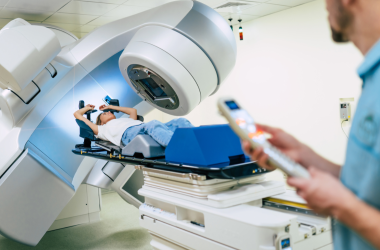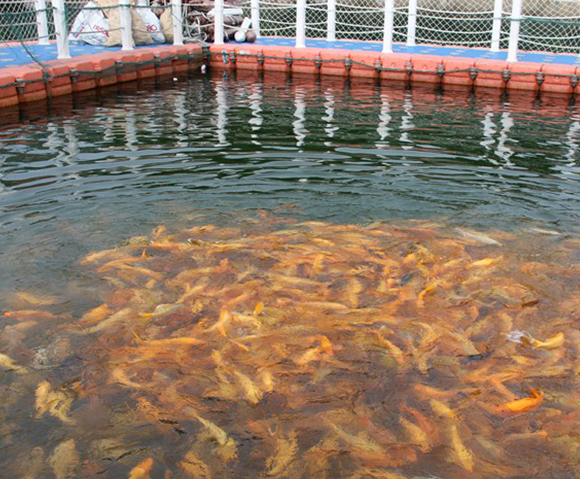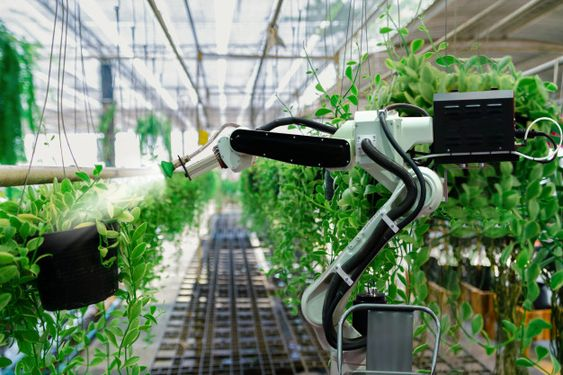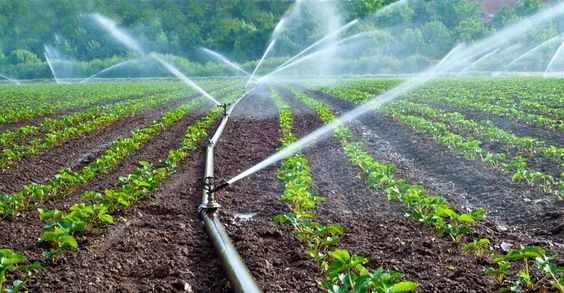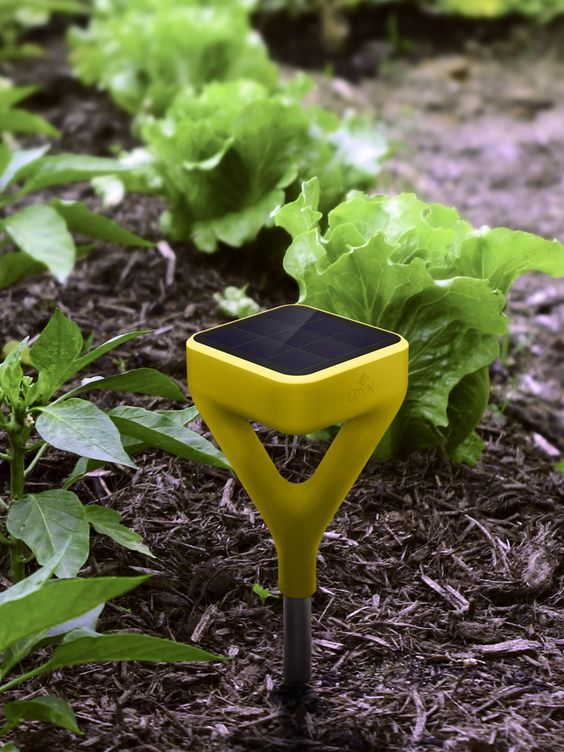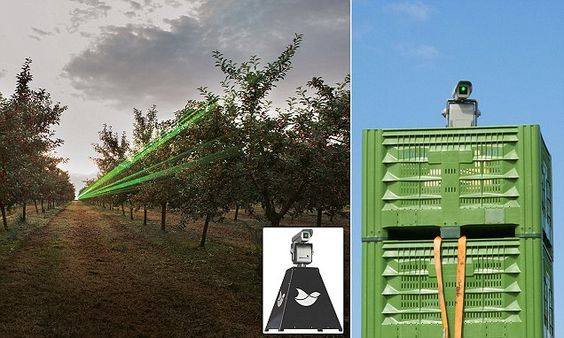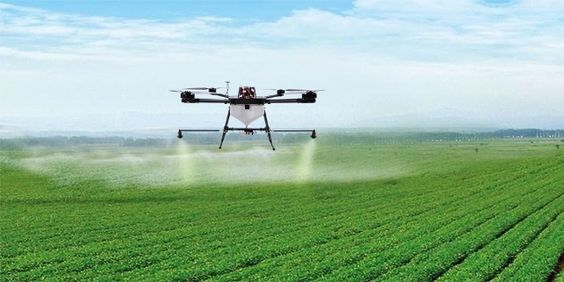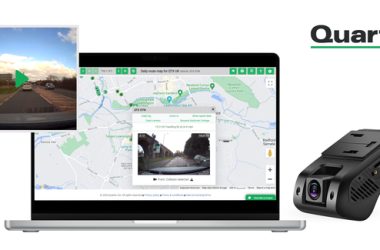Last Updated on: 21st November 2023, 08:44 pm
Agriculture is the most essential sector globally that provides food to human beings. This sector is ranked second greatest source of employment having offered employment to around 1.3 billion people. Recently, modern agriculture technology plays a big role in farming sectors to boost production.
In many parts of the world, the farming sector is prone to many risks due to enormous changes in climate caused by global warming and many other factors. It is important to tutor farmers to make them use current Technology that can make farming easier and affordable in the process. Below are a few technologies applied in agriculture. Read on.
Floating Fish Cage
Fish farming is a form of aquaculture in which fish are reared in enclosures in order to sell them for food when they mature. It is currently the fastest-growing sector of animal food production globally since almost half the fish consumed globally come from these artificial environments.
Technology is currently taking over fish farming and we can see an upgrade of floating fish cages. There are different floating dock ideas you can easily apply in order to come up with a simple floating fish cage. That way your farming will achieve great production. You can pick on your favorite shape, height, and size depending on where your cage will be located.
Agricultural Robots
Working on the farm daily can turn to be boring and tiresome since there is a lot of work to be done. Since we live in a dynamic world, technology is now taking shape, and the introduction of agricultural robots has contributed a lot to the production. These robots have the ability to carry out numerous functions, and they can be computerized to ease the burden on the farmers.
Their main function is to handle labor-intensive, monotonous, and tasks that are physically demanding. Nowadays robots are used for technical chores which were only done by experienced farmers. The ability to pick out sensitive fruits and vegetables like lettuce and strawberries was considered for highly experienced personnel; all these are now done by agricultural robots to save on time and improve efficiency.
Sprinkler System In Irrigation
Irrigation is the act of making the ground or soil ready for farming. In the past years, farmers would dig up a borehole or trenches along their farm to trap in the water to help in wetting the soil. It has been hectic ferrying water from one point to another on the farm and that saw the introduction of sprinklers used in irrigation.
Sprinklers operate effectively and water can reach every crop due to the pressure. All you require is a source of water and a pipe connecting to the sprinkler. Install a tap around your farm and make sure their valves operate efficiently without leaking out. Taps with china industrial valves would work perfectly to regulate the flow of water and minimize wastage.
Soil And Water Sensors
Recently, farms have installed sensors that can detect everything including crop health and even nitrogen levels in the water. Nowadays even family farms are opting to distribute soil and water sensors throughout their land, and they provide a good number of benefits. Sensor technology can as well determine the electrical conductivity of soil, organic matter content, and even pH of the soil.
Laser Scarecrows
The battle between farmers and birds has been a big headache for both parties since the dawn of farming. Crows and blackbirds can destroy crops of up to 75% within 2 days of harvest, resulting in an abnormal loss in revenue. Growers have tried their best to control pests using different methods but the result is not pleasing.
Recently, a laser scarecrow was introduced to help growers protect their produce. This device projects green laser lighting that cannot be seen by humans in the sun. They are effective since birds are sensitive to the green light. The green laser flashes across fields up to 183 meters and effectively agitate birds to prevent them from destroying any crop. This technology is also used in some countries to scare away monkeys in farms.
Use Of Drones
With the introduction of drones, farmers have an opportunity to know more about plant height, the presence of weeds, and the saturation of water on certain field areas with high attention. They provide better and more accurate data with higher resolution than satellites.
Drones can as well be used to monitor pest-affected areas and also disinfect the area by sprinkling pesticides. This is the safest way since some pesticides are poisonous and might be inhaled when sprayed physically. It also saves on the cost used to pay workers to do the spraying. Drones have had a big impact on farming and increased the production level.
Conclusion
Technology has taken over almost every aspect of our modern lives, and it is not only about farming. Technology in the Agricultural sector has helped farmers to boost their production level and gain more profits from it. Through current technology and Innovations, farmers can now control pests and apply better practices to achieve a better result. Thanks to technology.


